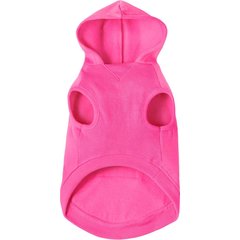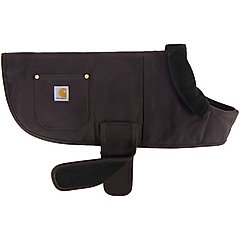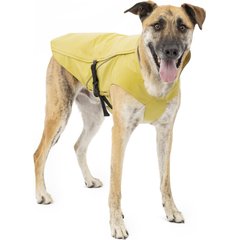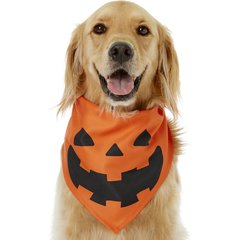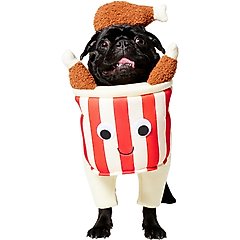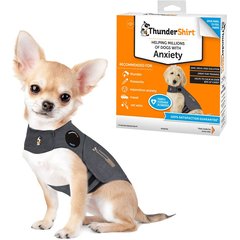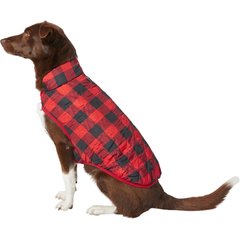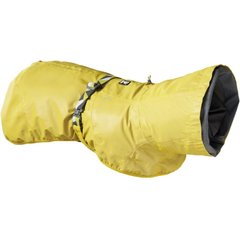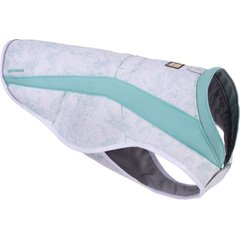How To Get Your Dog To Like Wearing Clothes
Few things are as adorable as seeing your pup sporting a cute little dog sweater or hilarious dog Halloween costume. The photo ops are next level, and you’ll never forget the memories! But do dogs like to wear clothes? Not necessarily. Wearing clothing doesn’t come naturally to dogs, and their happiness is your No. 1 priority. So how do you get them to accept—and even enjoy—wearing apparel in the first place?
Ahead, we’re teaching you how to get your dog to wear clothes (with respect to their needs, of course).
Key Takeaways
- Not all dogs like wearing clothes, so it's important to pay attention to their comfort and body language.
- Gradually introducing clothing with positive reinforcement can help your dog feel more at ease in garments and costumes.
- Certain dogs—like small, hairless, or anxious pups—may benefit from clothing for warmth, protection, or comfort.
- Choosing the right fit, material, and design ensures your dog stays safe and comfortable while dressed up.
Do Dogs Like To Wear Clothes?
Whether dogs like to wear clothes depends largely on the individual dog.
Some dogs enjoy the comfort and warmth that a cozy dog sweater or dog jacket can provide, especially in colder climates or for short-haired or small dog breeds that are more susceptible to the cold. Functional clothing, such as raincoats or protective gear, can also make outdoor adventures more comfortable for some pups.
Recommended Products
On the other hand, not all dogs tolerate clothing well. Some may find garments restrictive or uncomfortable and show signs of stress, such as trying to remove the clothing or acting withdrawn. In those cases, it’s best not to force it.
Pet parents should always observe their dog’s behavior when introducing clothes and ensure any clothing fits properly and does not restrict movement, breathing, or natural behaviors.
The key is to prioritize your dog’s comfort and safety. If your dog enjoys wearing clothes, it can be a fun way to express personality while staying warm. But if your pup doesn’t seem to like it, there are other ways to keep them cozy without dressing them up, like a cute themed dog collar or bandana.
Recommended Products
How To Get Your Dog To Wear Clothes or Costumes
We can all agree that no photo op is worth stressing out your furry friend. So it’s important to slowly acclimate your dog to any apparel you’d like them to wear.
In other words, we don’t recommend just tugging a shirt or dress over their furry little bodies and calling it a day. You’ve got to take your time, watch their body language, and, above all, respect their comfort level.
Think your dog’s ready for a style upgrade? For a step-by-step guide on putting clothes on dogs, we spoke with Shelby Semel, CPDT-KA, a professional dog trainer and canine behavior expert based in New York City.
1. Measure Your Pup
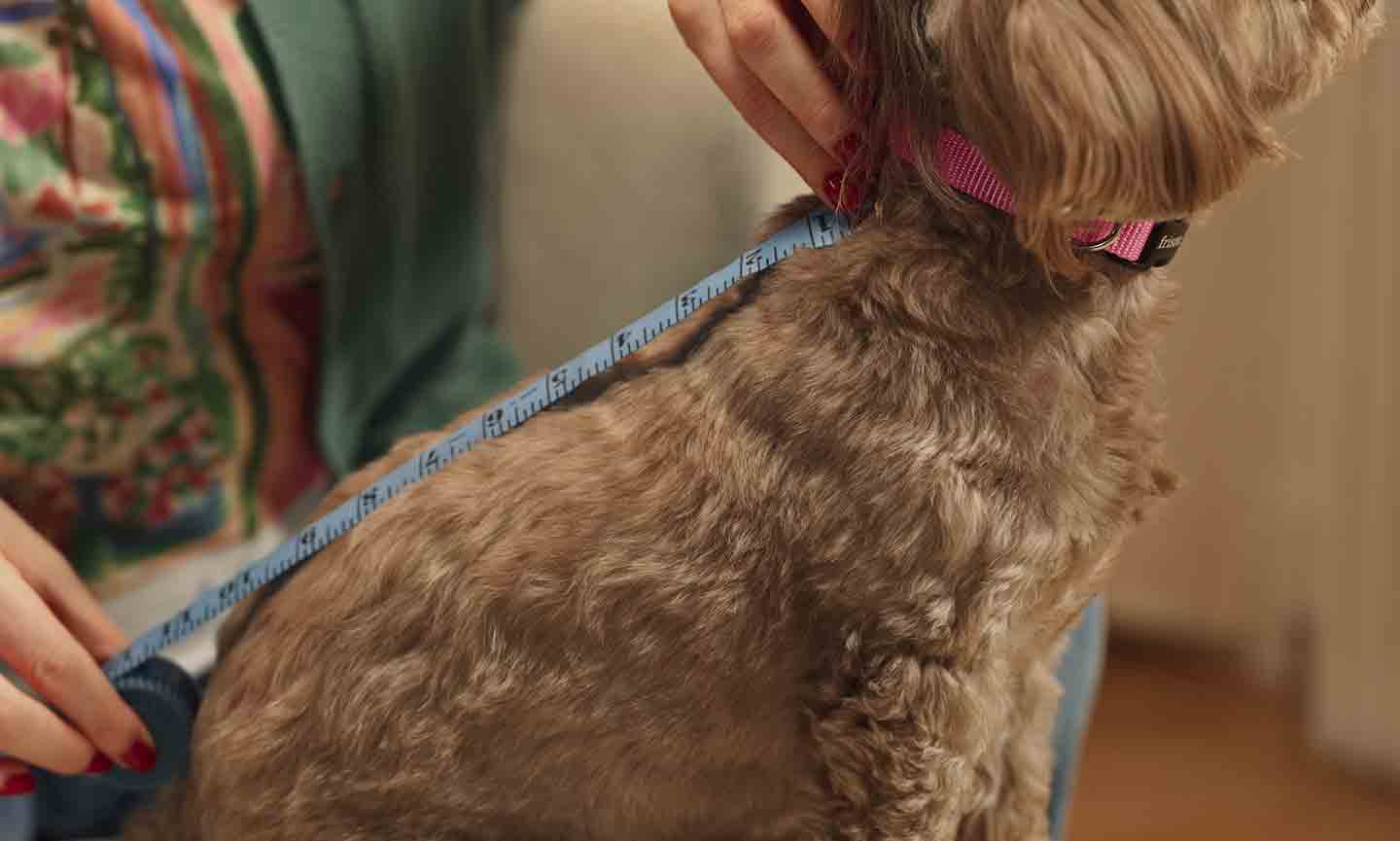
Measure your dog for clothing to ensure a comfortable fit before purchasing. You want to make sure the clothes fit properly and cannot get caught on anything.
2. Slowly Introduce the Apparel
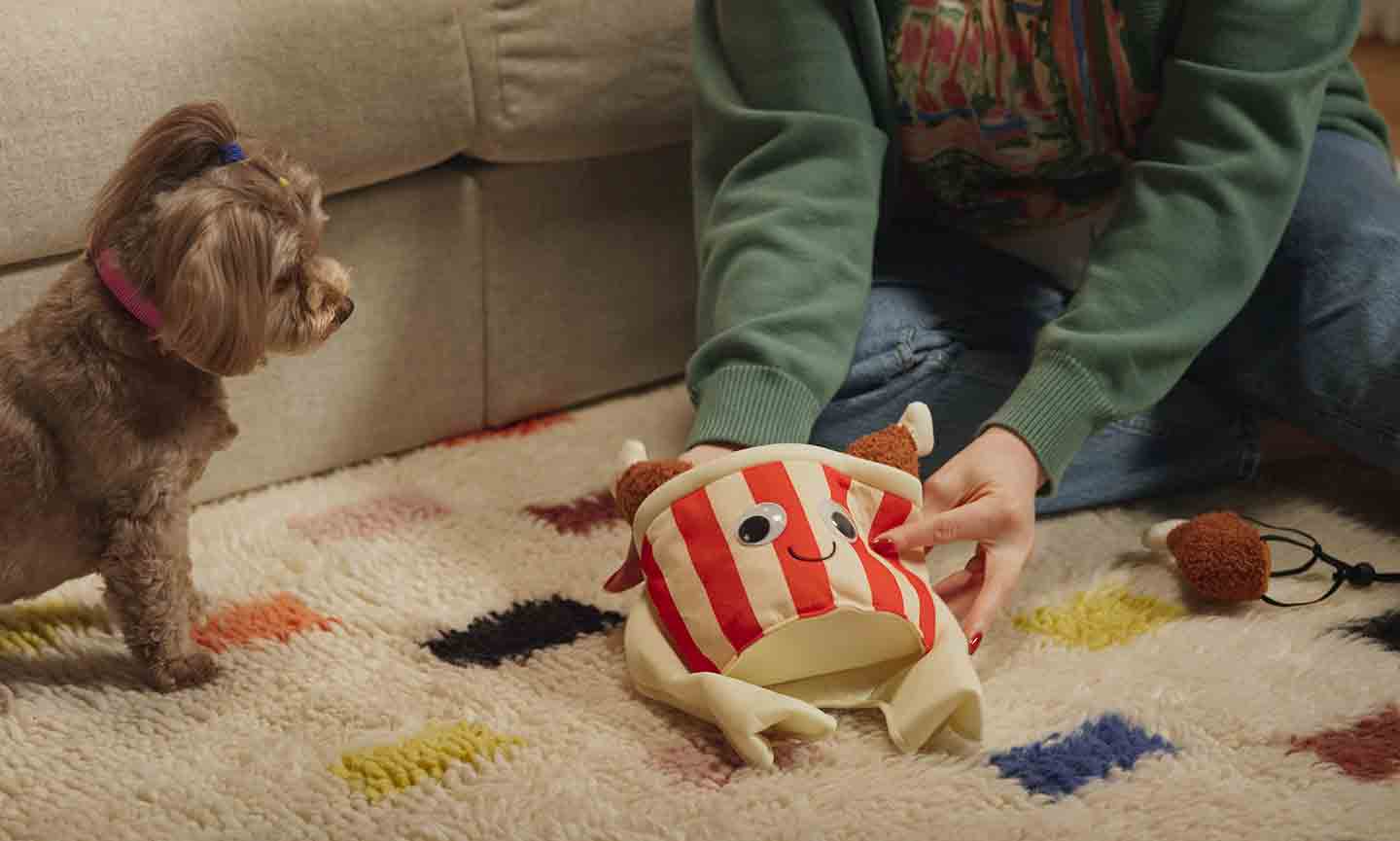
It’s important to let your dog explore their new clothes or costume at their own pace, especially if you’re training them to wear something unusual like a headpiece or booties.
Recommended Product
Semel explains that you want to slowly desensitize your dog to wearing the item in advance, using tactics like:
- Showing your dog the apparel so they can examine it and smell it
- Placing the item next to them so they get used to its presence
- Letting them interact with it
Only move on to the next step when your dog seems comfortable touching the clothing and having it near them.
3. Slowly and Gently Put the Costume On

Slowly put the garment and accessories on, and use some tasty dog treats along the way.
Recommended Product
If your dog’s not feeling it, don’t force it, Semel says. Instead, try again another day by repeating the same.
Back off and try again later if you see common signs of discomfort and anxiety in dogs, including:
- Lip licking
- Head turning
- Wide “whale eyes”
- Tail tucked
- Stillness
- Running away
- Growling
- Barking
If your dog ends up allowing you to put the garment on them, success! If not, you may need to default to a simpler accessory.
4. Have Them Wear the Garment for Short Periods
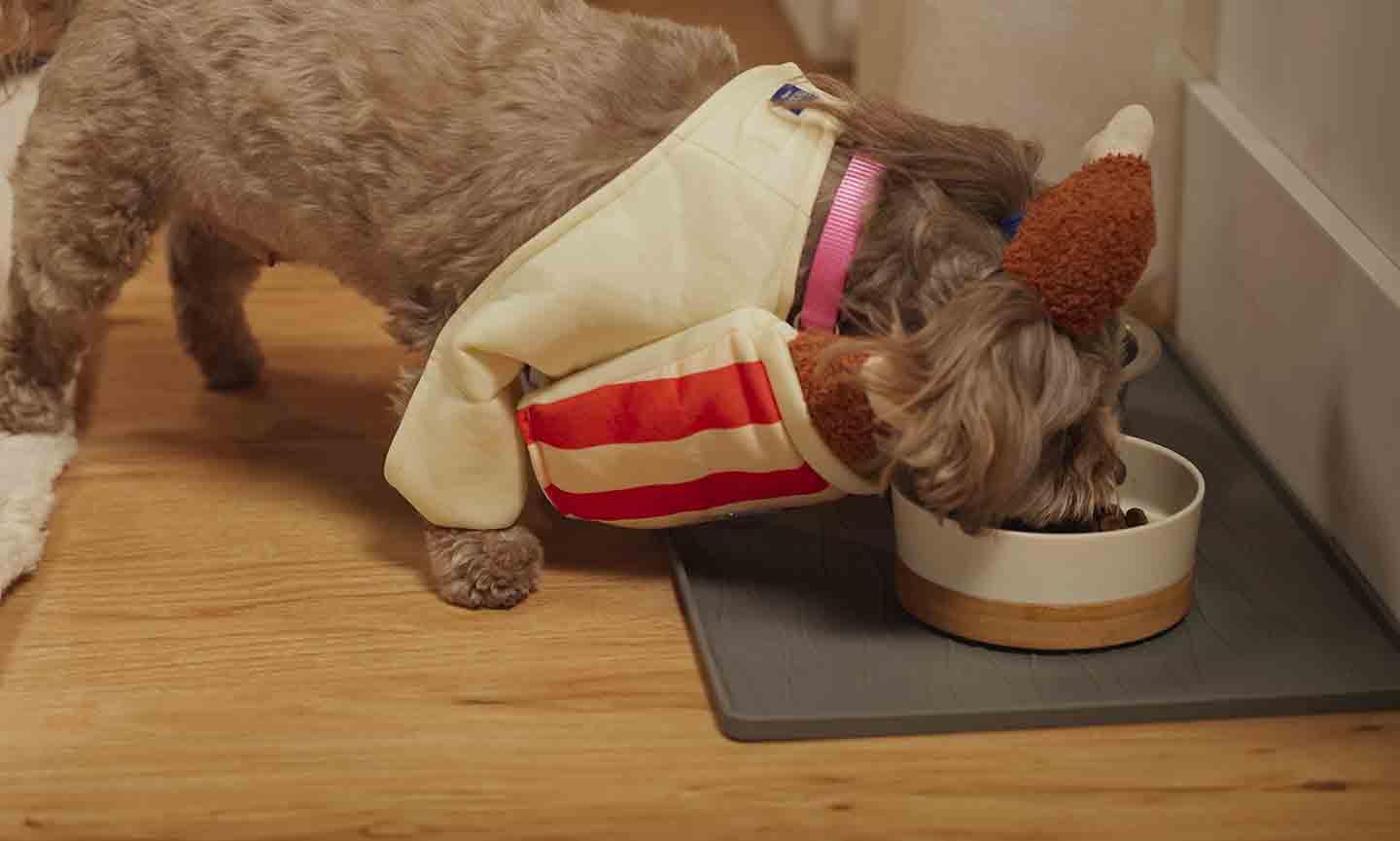
Once you’ve got the garment on them, have them wear it during mealtime or playtime—times when your dog is likely to be distracted from this funny new thing on their body. Take it off right afterward.
Keep practicing, gradually increasing the amount of time they’re in the garment while monitoring for signs of stress or discomfort.
5. Wear It Out!
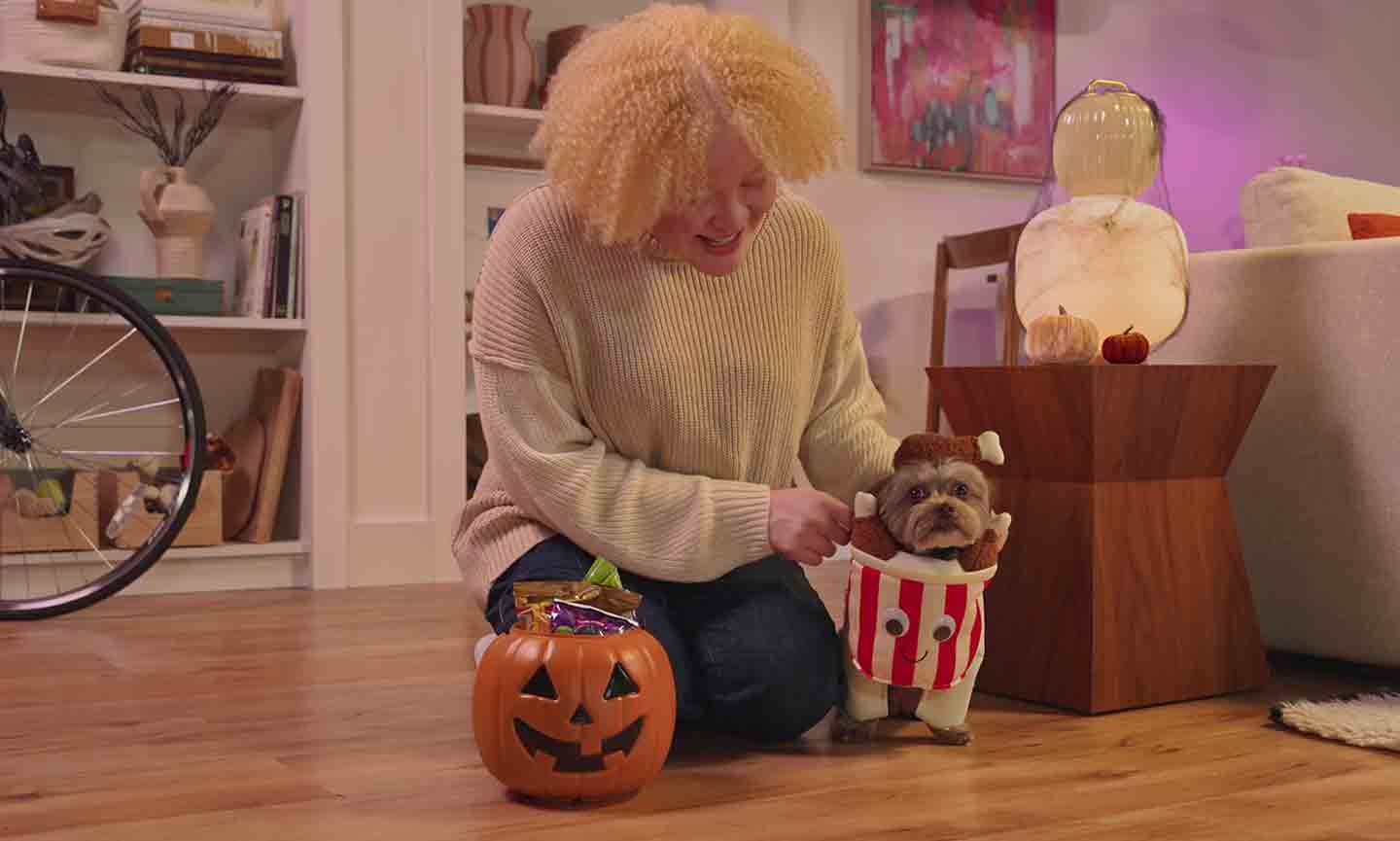
On the day you want your dog to wear the clothing, accessory or costume, put it on them as you’ve practiced before and reward them with a treat. By this point, they should be fully comfortable wearing the clothing item.
Continue to look out for signs they’re ready to take the garment off and remove it as needed.
Do Some Dogs Need Clothes?
Many pups don’t need clothes, but some can benefit from wearing certain garments. For example, small dogs or hairless dogs who find it difficult to stay warm can benefit from a cozy sweater, especially when they need to go outside to do their business.
Dog boots and shoes can also be beneficial to pups, protecting their feet from rain, snow and hot sidewalks.
Recommended Product
Sometimes, there’s a medical reason a dog may need a garment. For instance, dogs with anxiety may find their stress levels are eased when wearing a compression shirt, like the ThunderShirt Calming Vest for Dogs.
Recommended Product
How To Find Clothes for Your Dog
Keep these features in mind as you shop for dog clothes:
- Fit matters: Make sure you’ve properly measured your dog and have them in the correct size of clothing or shoes. Items that are too small can feel restrictive, while items that are too loose can catch on objects, leading to potential injuries or accidents.
- Easy on/off: Look for garments that are simple to put on and remove, says Jack Vandever, a dog garment and shoe expert for Chewy. Consider adjustable straps, Velcro closures, stretchy fabric, snap buttons, wide neck openings, and zippers with guards.
- Pet comfort: When the apparel is just about being cute, Vandever says to put comfort high on the list. “I would describe it as both soft materials and a high-quality fit,” he says. “Most apparel is shaped for an average dog, so adjustability comes in handy when you have a dog who is extra long, extra short, short-legged, or barrel-chested.”
- Water resistance: If you live in an area where it often rains or snows, look for water-resistant garments for your dog.
Recommended Product
- Reflective materials: Those who take their pups on night walks should consider choosing garments with reflective materials. Reflective dog jackets, for example, make your pet more visible, which improves safety.
Recommended Product
- Cooling material: Vandever says to consider cooling apparel for your pup, especially if you live in a hot climate. Dog cooling vests or coats are garments made with mesh fabrics to both keep the dog cool and protect against the sun.
Recommended Product
FAQs About Dog Clothes
Is it bad for dogs to wear clothes?
No, it’s not bad for dogs to wear clothes, as long as the dog is comfortable wearing them. For some pups, like those who are small or hairless, clothing provides comfort and warmth. Some apparel is also designed to protect from the elements, such as rain, snow, sun, and heat.
Can dogs wear clothes to sleep?
Most dogs don’t require an extra layer of clothing at bedtime. If your pup tends to stay cold, pajamas may help them feel warmer and perhaps sleep more comfortably. Anxiety compression vests may be helpful for some dogs to wear while napping. Each dog is unique, so do what works best for your pup, and talk to your veterinarian about any concerns.

